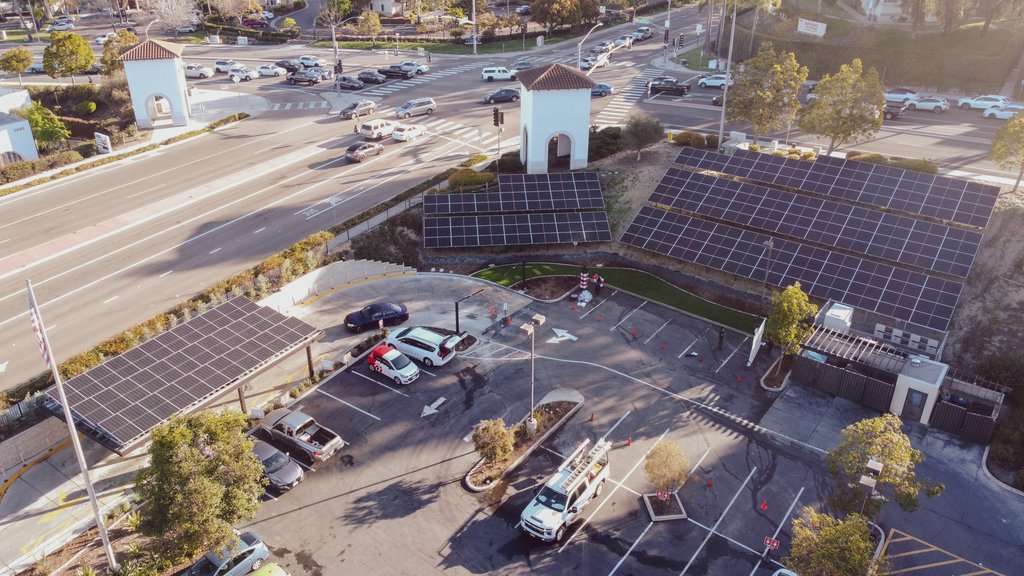How Californians can add solar + storage at no cost via Haven Energy

Haven Energy says it can remove the financial barrier to solar and battery system adoption in California. By leveraging California’s $280 million Self-Generation Incentive Program Residential Solar & Storage Equity (SGIP RSSE), Haven Energy can offer qualifying low-to-moderate income homeowners solar and home battery systems at no cost.
This offer is achieved through Haven’s unique financial structure. Haven Energy is a battery-agnostic energy storage sales organization. Co-founded by Vinnie Campo (CEO), Jeff Chapin, and Philip Krim in 2023, Haven Energy guides homeowners through the selection, electrical design, permitting, quoting and financing of a home battery system. Then, they pair homeowners with vetted, qualified electricians to complete the installation in a matter of weeks.
With this program, Haven Energy will own the equipment and collect state rebates, tax credits, and demand response revenues, while the homeowners benefit from lower monthly electric bills and backup power during outages.
“Many homeowners simply don’t have the resources to cover the purchase and installation costs of these systems,” said Campo. “We are bridging that gap in the state’s rebate program. Through our unique financial structure, we’ll pay for the system and collect the state rebate, while the homeowner benefits from lower monthly bills and backup power during outages.”
If all goes to plan, Haven Energy anticipates building 10 MW of capacity, which would create one of California’s largest virtual power plants (VPPs) to date.
Solving residential solar + storage challenges
The initiative tackles two major challenges: the steep upfront costs of residential solar and battery purchases and installations—averaging over $20,000 in 2025—and the increasing demand for energy in California.
By covering these costs directly—rather than requiring homeowners to pay out of pocket and wait for reimbursement—Haven will open an immediate pathway to energy resilience for underserved communities.
Once their system is installed, a homeowner will be able to store solar energy in their battery to draw from when time-of-use rates are at their peak—reducing monthly utility bills by up to 90%—or to power their homes during outages or Public Safety Power Shut-off (PSPS).
Leveraging demand response
Homeowners who receive a no-cost system from Haven through the SGIP RSSE will automatically be enrolled in a demand response (DR) program for a ten-year term. This enables the state and utility companies to pool each home’s distributed energy resources (DERs) and deploy a portion of the stored energy during peak demand—helping stabilize the grid and leading to lower prices for everyone.
“Integrated solar and battery systems are a transformative way to provide cost savings, ensure the lights stay on, and improve the energy grid,” said Jeff Chapin, co-founder and CPO of Haven Energy. “Rather than sending surplus electricity to the grid automatically, we strategically work with our customers to time battery-charging and discharging to align with renewable production and peak demand. By aggregating hundreds of these systems into a virtual power plant (VPP), we can reduce grid congestion, curb reliance on fossil fuels, and help California optimize its use of renewable resources.”
SGIP funding
Haven is proactively partnering with other climate energy organizations, including The Energy Coalition (TEC) and the Clean Power Alliance (CPA), to extend its reach and maximize the impact of the state’s $280 million SGIP RSSE funding. These partnerships help Haven identify qualifying low-to-moderate-income households, streamline installations, and scale access to free solar and battery systems for those who need them most.
Haven estimates that the SGIP RSSE program’s current funding could support solar and battery installations for 8,000–10,000 qualifying California households. However, the SGIP program is first-come, first-served, meaning interested homeowners should confirm their eligibility as soon as possible—criteria includes meeting certain income limits. Homeowners can check their eligibility here.





Comments are closed here.